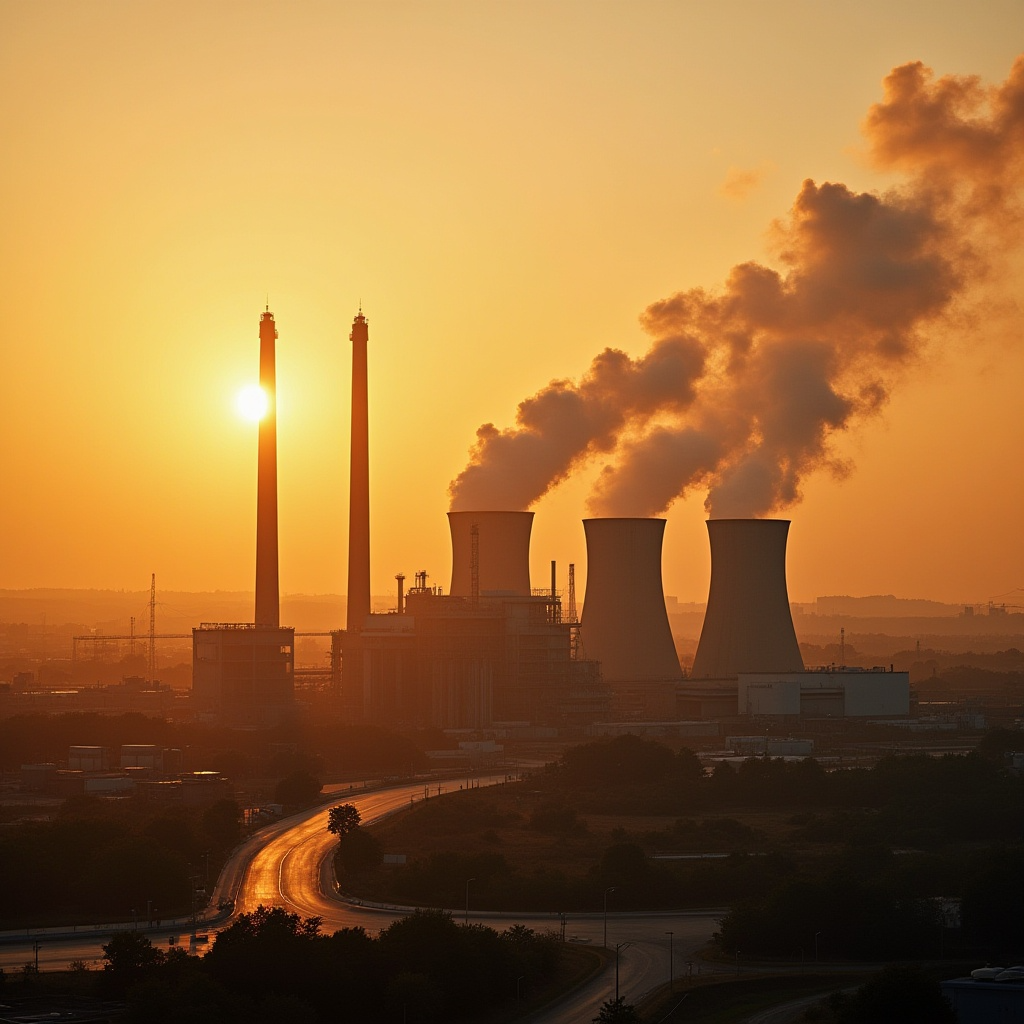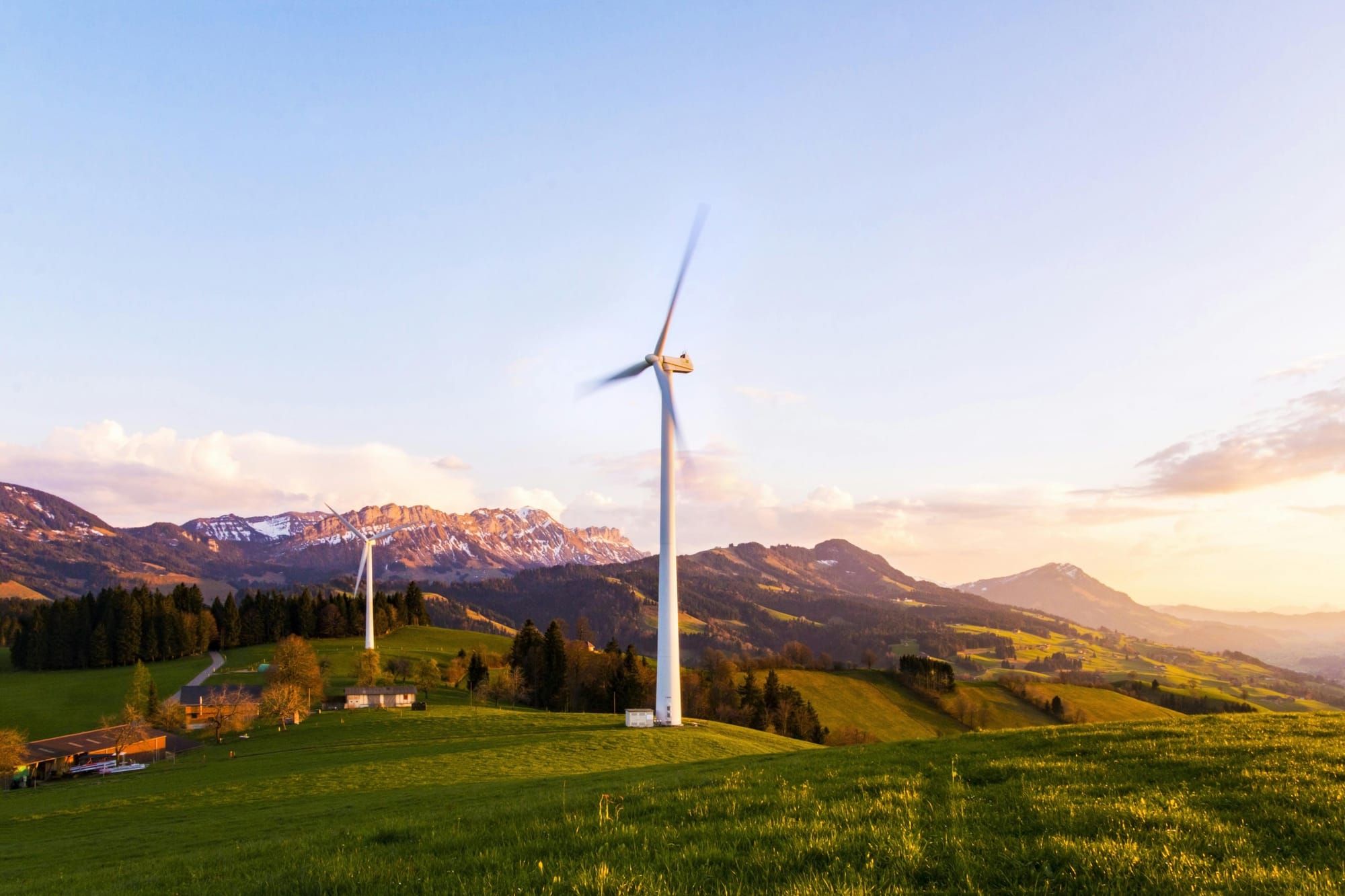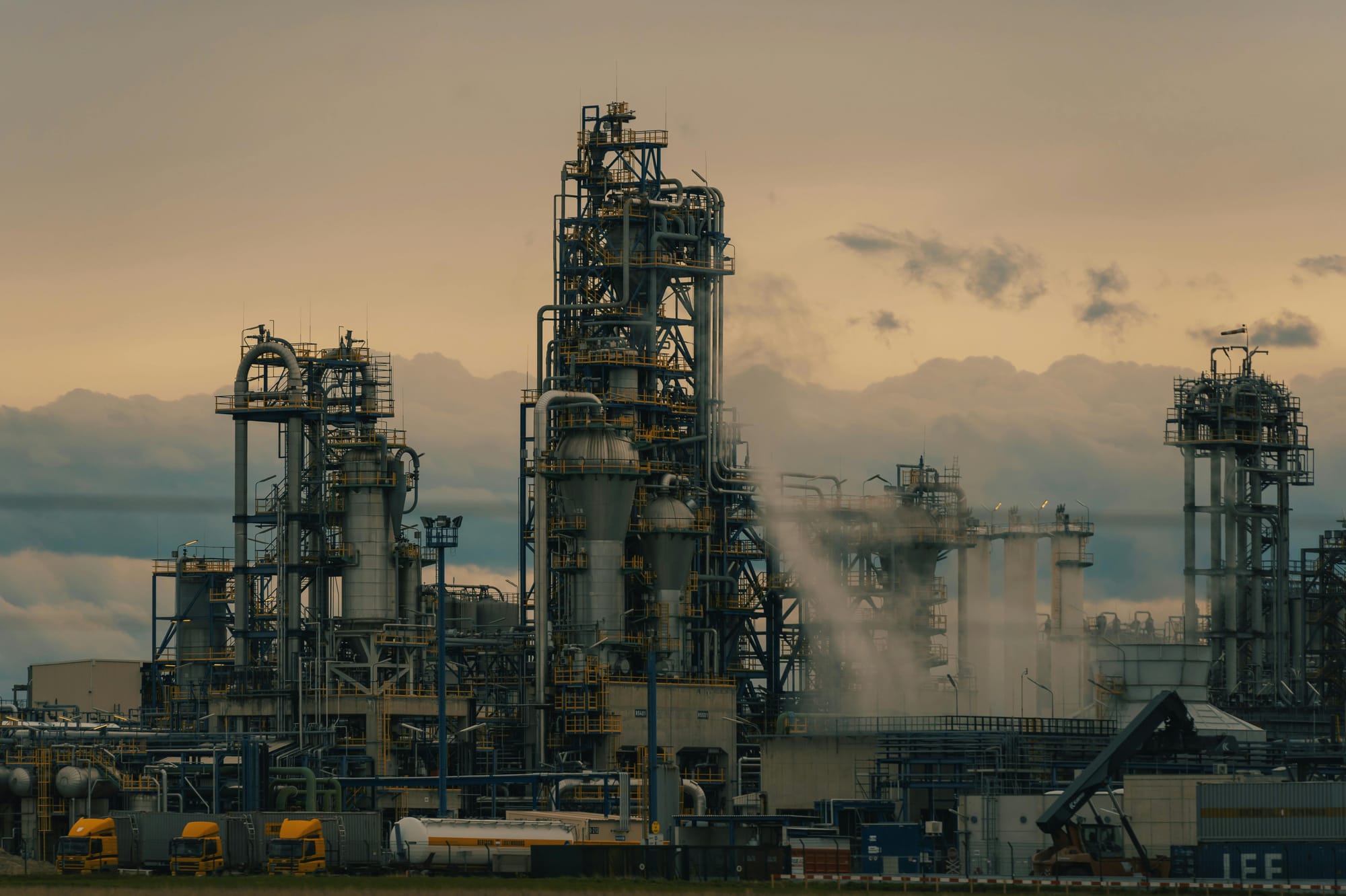Challenges of relying on natural gas as an energy source

Introduction
Natural gas plays an essential role in our world's energy landscape, serving as a primary energy source for many countries. However, its widespread usage brings about significant energy dependency, which poses various global challenges. As fossil fuels, such as natural gas, continue to drive climate change, there's an urgent need to transition towards more sustainable energy solutions. This blog delves into crucial issues like energy security, market dynamics, fluctuating gas prices, and the global demand for gas.
The Current Energy Dependency on Natural Gas
Natural gas is a cornerstone of our current energy infrastructure, influencing several sectors:
- Electricity Generation: Natural gas is widely used to produce electricity, which powers homes, businesses, and industries. Its efficiency makes it a preferred choice for many power plants.
- Energy Market Influence: The massive presence of natural gas in the energy market influences energy policies worldwide. Countries often tailor their strategies based on their reliance on this resource.
- Impact on Global Strategies: Fluctuating gas prices can reshape global energy consumption and production strategies. For example, when prices soar, countries might look for alternatives or increase their production capabilities to stabilize the market.
These factors illustrate how deeply ingrained natural gas is in our energy framework, and why changes in this sector can have widespread repercussions.
Environmental and Climate Challenges

The environmental impact of natural gas is twofold, leading to significant climate challenges:
- Carbon Emissions: When burnt, natural gas releases carbon dioxide, a greenhouse gas that contributes to the warming of our planet. Despite being cleaner than coal or oil, its carbon footprint is still notable.
- Methane Emissions: Methane, another byproduct of natural gas, is even more potent than carbon dioxide in terms of its global warming potential. It seeps into the atmosphere during extraction and transportation, exacerbating climate change.
- Accumulation of Greenhouse Gases: The continuous use of natural gas adds to the growing levels of greenhouse gases, increasing the urgency for a transition to cleaner energy sources.
Understanding these challenges is crucial for addressing the broader impacts of natural gas on our climate.
Energy Security and Market Dynamics with Natural Gas

Energy security involves ensuring a consistent and reliable supply of energy, especially concerning gas imports:
- Steady Supply: Countries dependent on gas imports face risks if supplies are disrupted. This can lead to energy shortages and price spikes.
- Global Demand Influence: The global demand for natural gas significantly influences energy policies. As more countries espouse gas as a go-to energy source, securing stable supplies becomes paramount.
- Importance of Infrastructure: Gas pipelines and storage facilities are vital for energy security. They ensure that gas can be efficiently transported and stored to meet demand, underscoring the importance of robust infrastructure.
These factors highlight the delicate balance between ensuring energy security and navigating the dynamic nature of the global gas market.
Transitioning to a Sustainable Energy Practice
As we grapple with the challenges presented by natural gas, the transition to sustainable energy becomes even more critical:
- Energy Transition: Shifting from non-renewable to renewable energy is crucial. This transition will reduce dependency on fossil fuels and lessen environmental impacts.
- Role of Renewables: Solar, wind, and other renewable energy sources can significantly cut down the reliance on fossil fuels, offering cleaner and more sustainable alternatives to power our world.
- Liquefied Natural Gas (LNG): Serving as a possible bridge in the transition phase, LNG offers some advantages, such as reduced shipping costs and fewer emissions. However, it is not without limitations, including the energy consumed in its production and transportation.
These discussions pave the way for exploring how renewables and alternatives like LNG can aid in a smoother transition toward sustainable energy models.
Future of Energy Infrastructure and Policy
Looking ahead, developing resilient energy infrastructure and implementing strategic policies are vital for meeting future energy demands and fostering sustainable growth:
- Resilient Infrastructure: Building robust energy infrastructure ensures that future energy needs are met while also supporting the shift to sustainable sources. This involves upgrading existing facilities and investing in new technologies.
- Policy Measures: Governments need to implement policies that reduce reliance on non-renewable resources. Promoting energy efficiency and reducing carbon footprints are essential steps toward a sustainable future.
- Strategic Approaches: Long-term strategies should align with goals for sustainable energy and climate change mitigation. These include investing in research and development for alternative energy technologies and encouraging private sector participation in green initiatives.
Aligning these components is key to crafting a viable energy future that prioritizes sustainability and environmental stewardship.
Conclusion
In conclusion, the reliance on natural gas presents both opportunities and challenges. While it plays a pivotal role in our current energy systems, its environmental footprint requires us to pursue alternative energy sources actively. Transitioning to sustainable energy practices, supported by strong policies and infrastructure, is crucial in addressing these issues. By navigating this complex landscape carefully, we can make strides toward a more sustainable and secure energy future.




